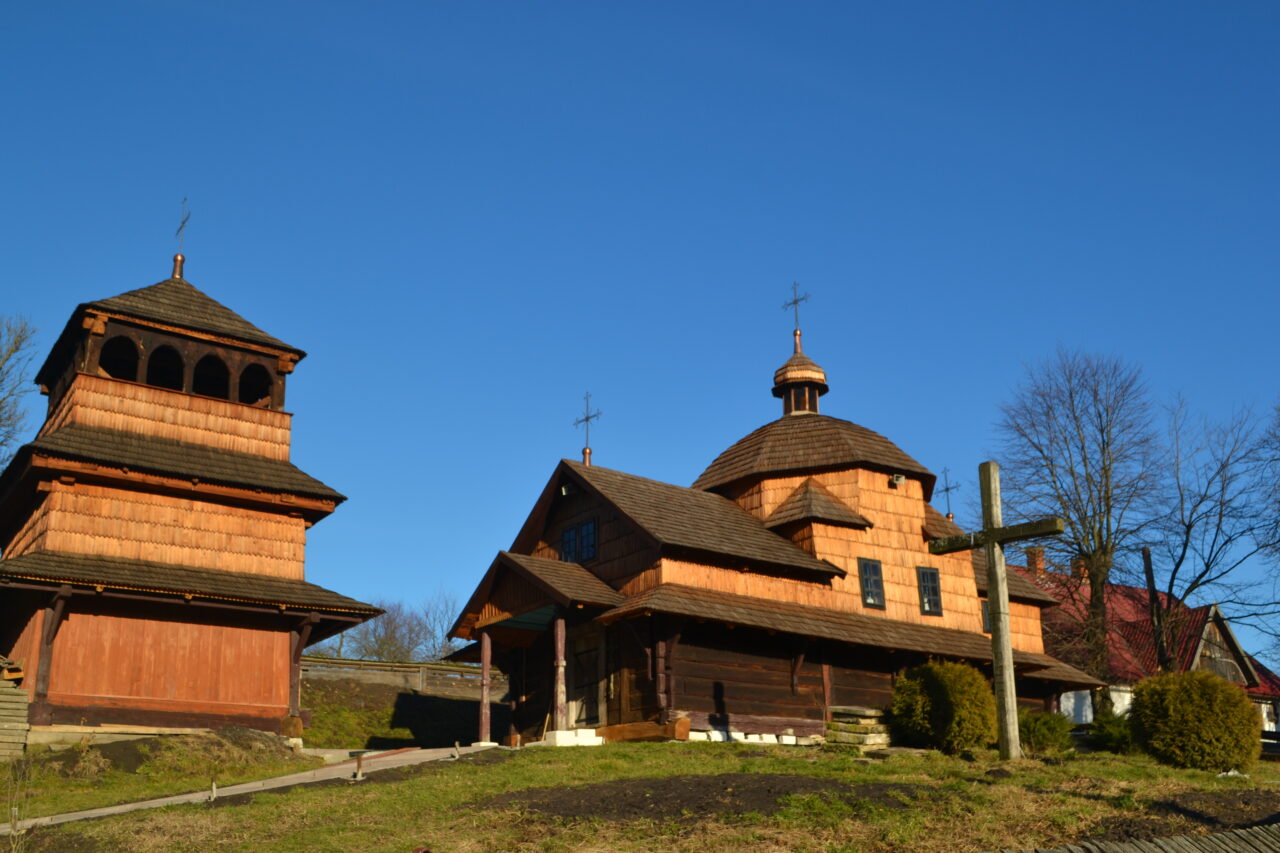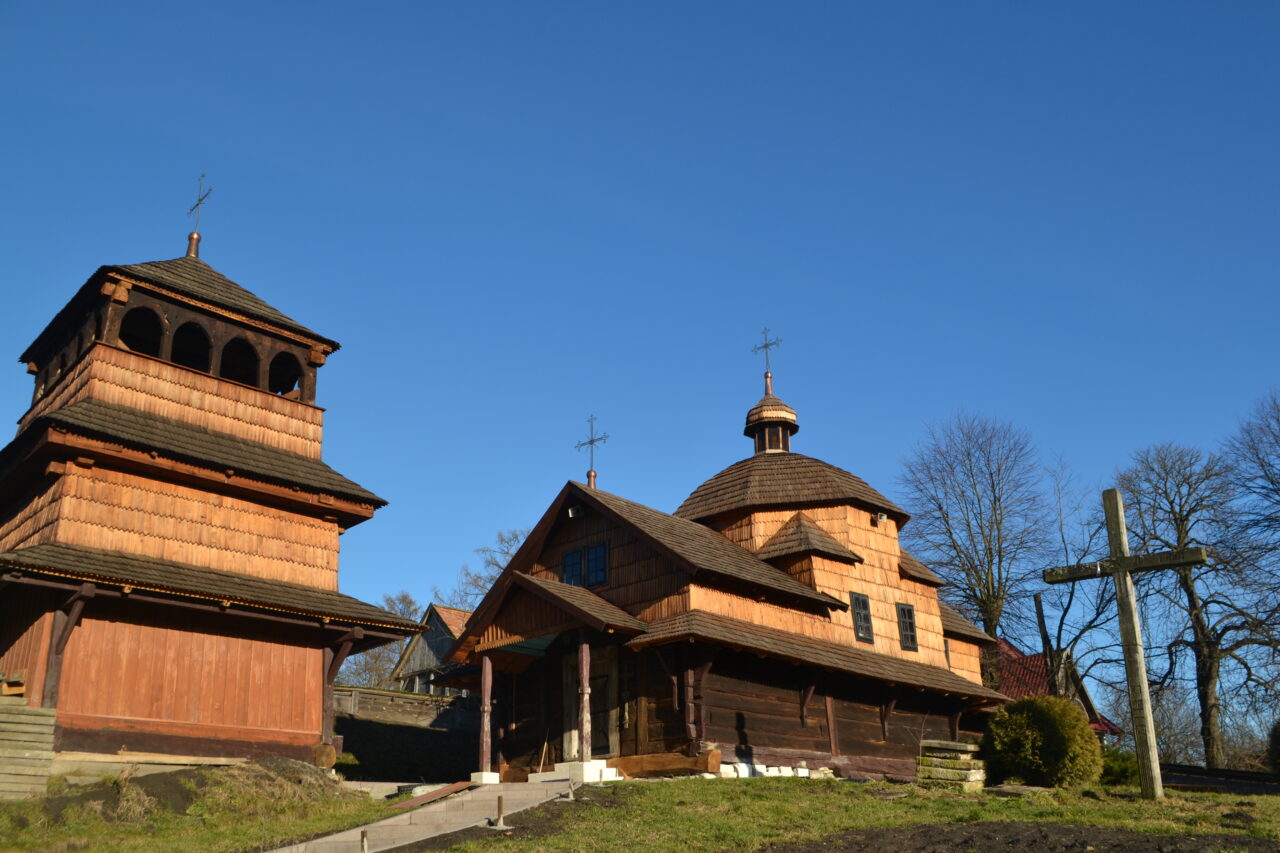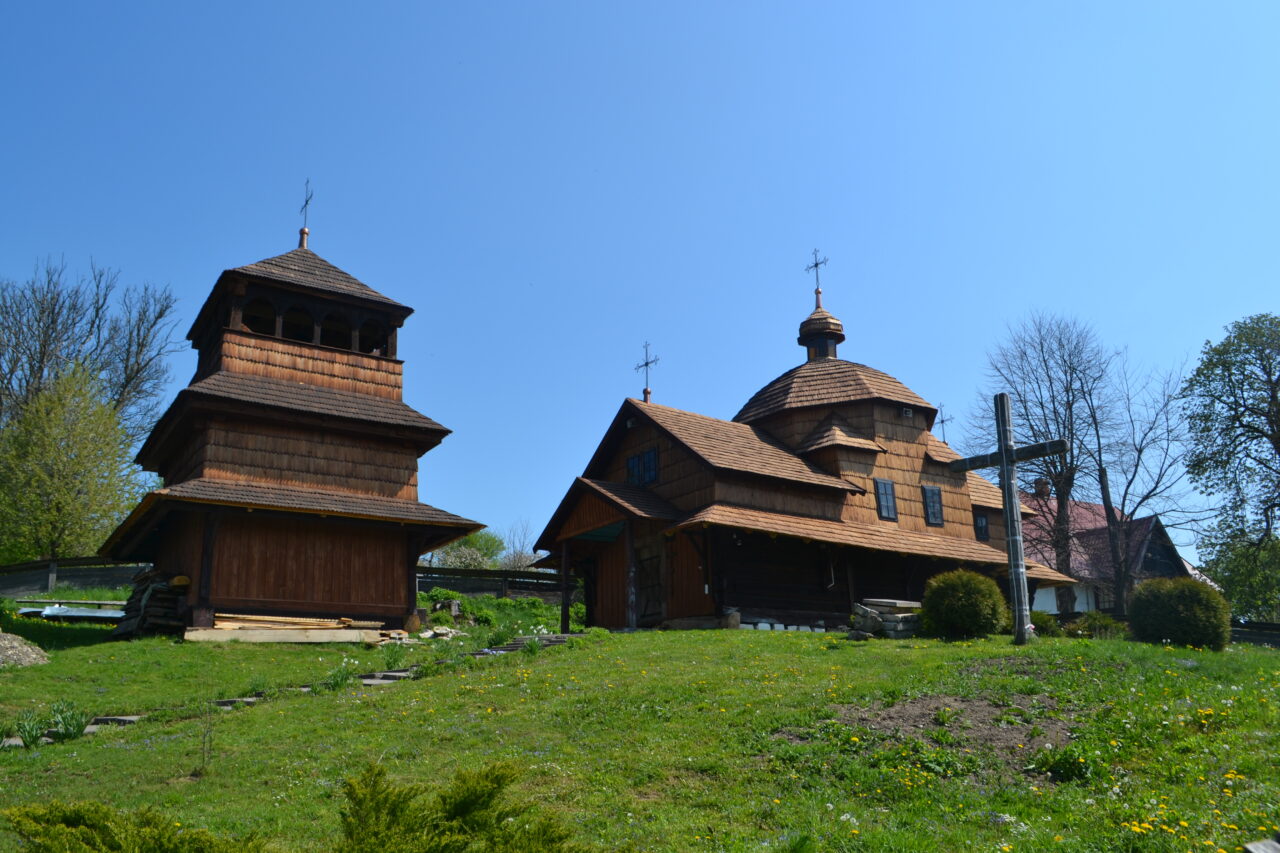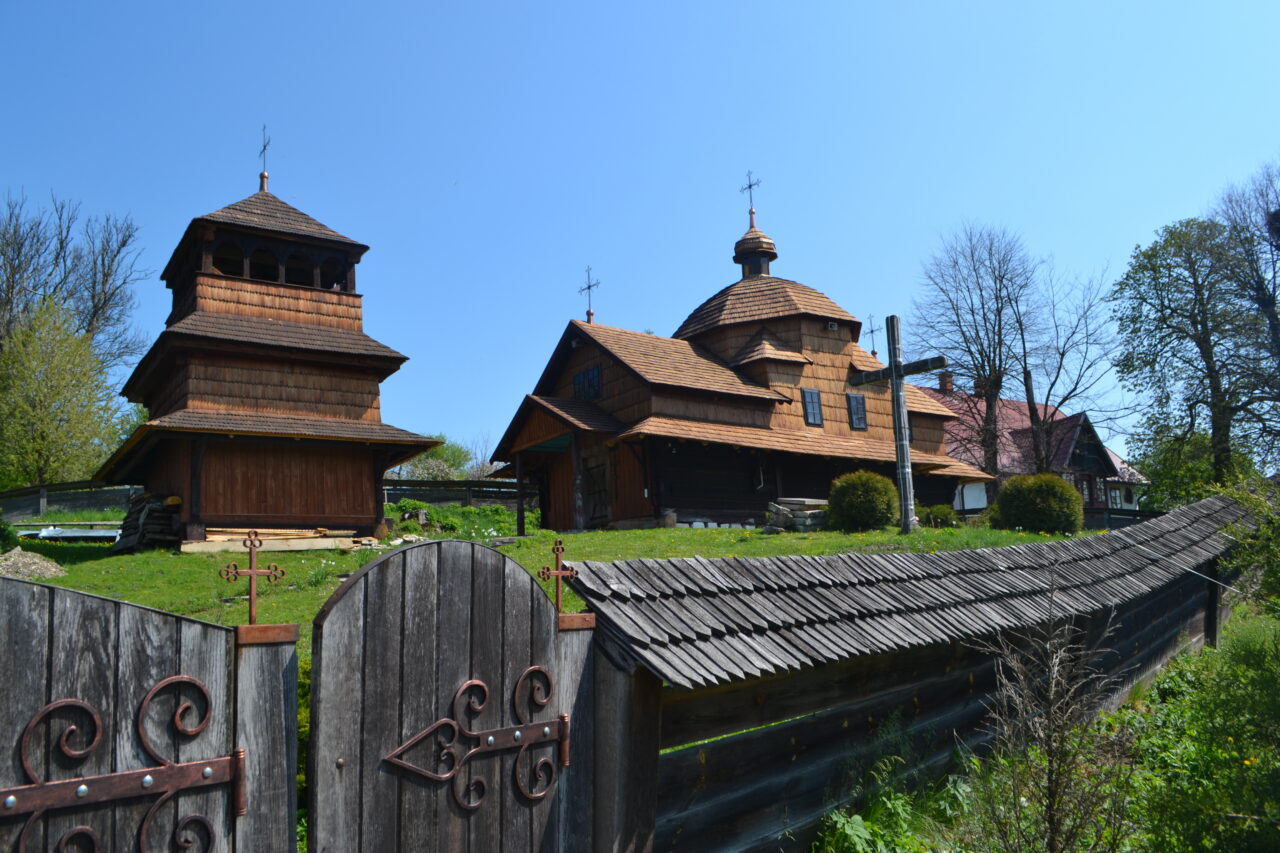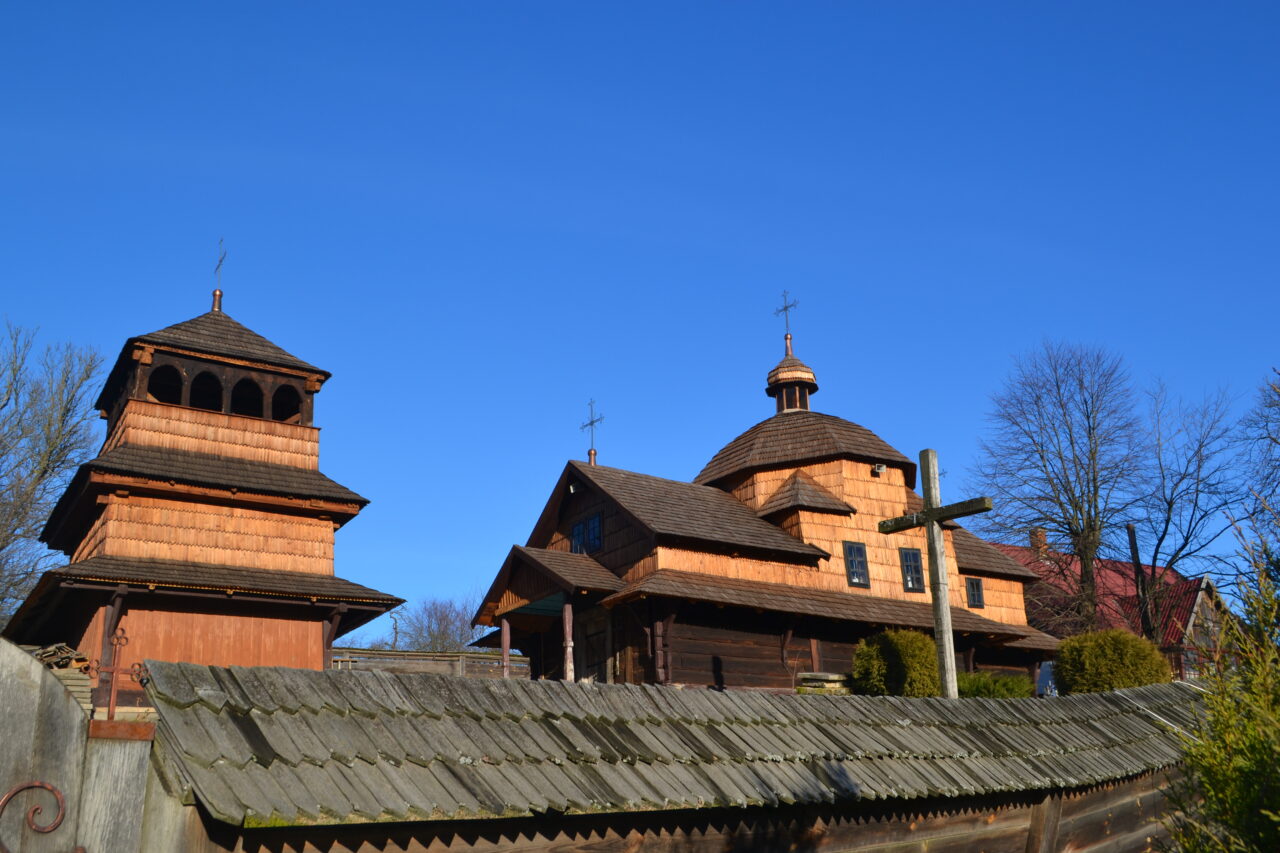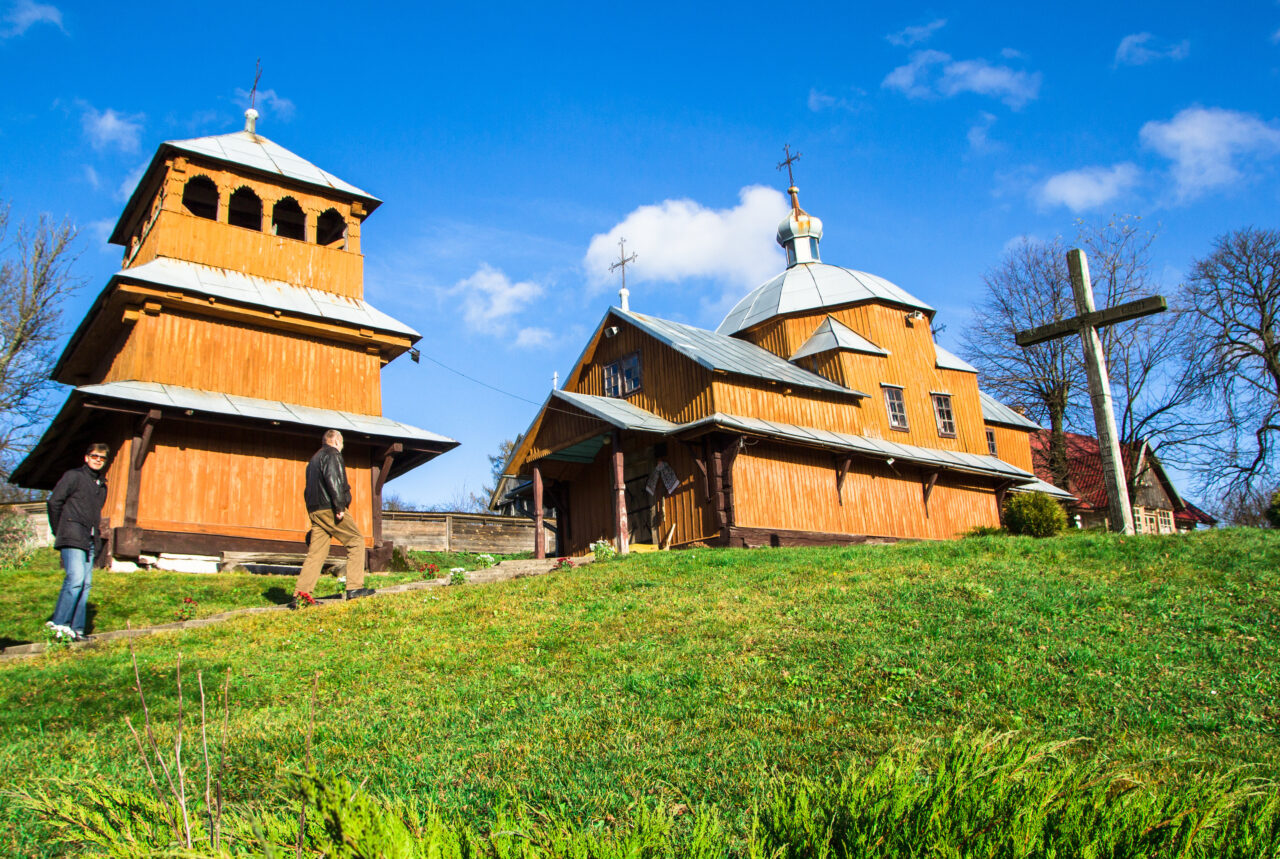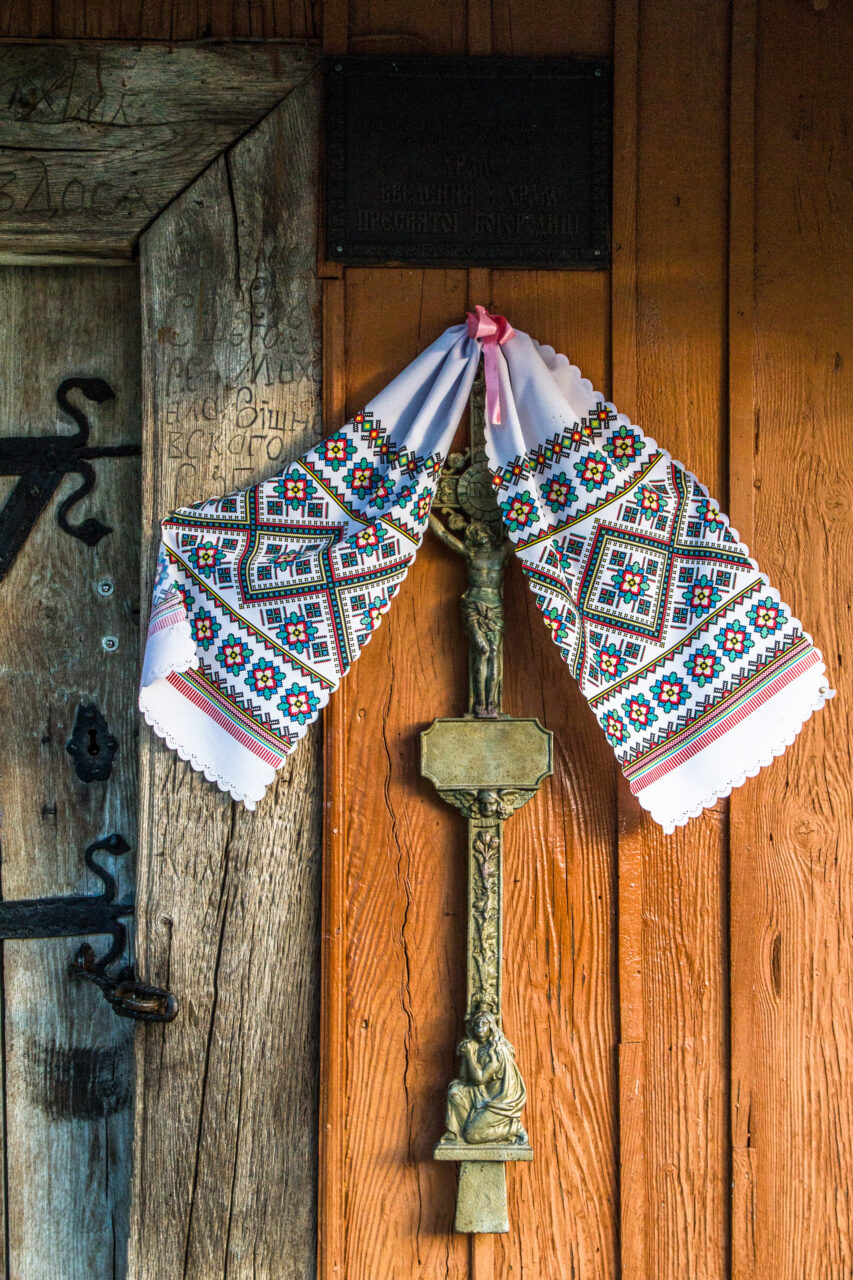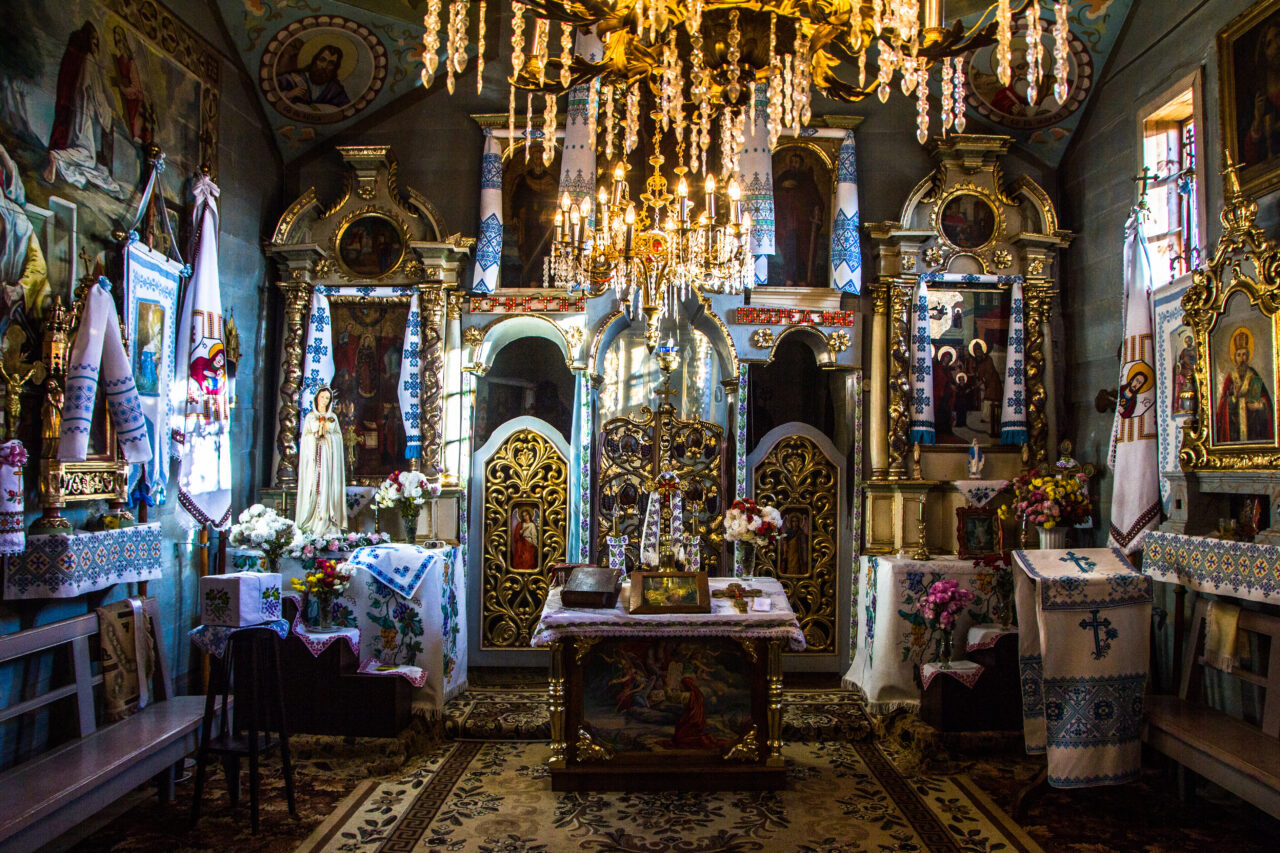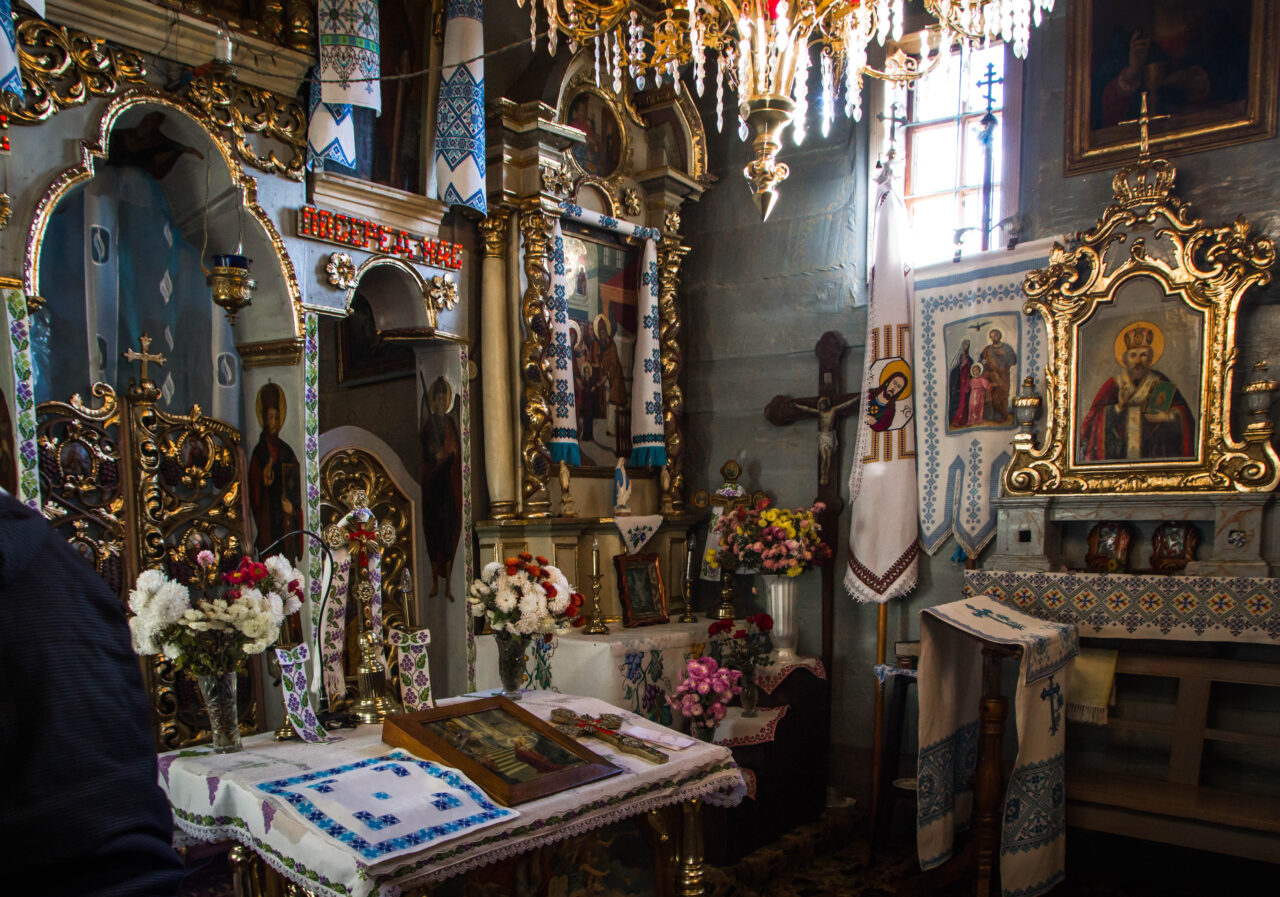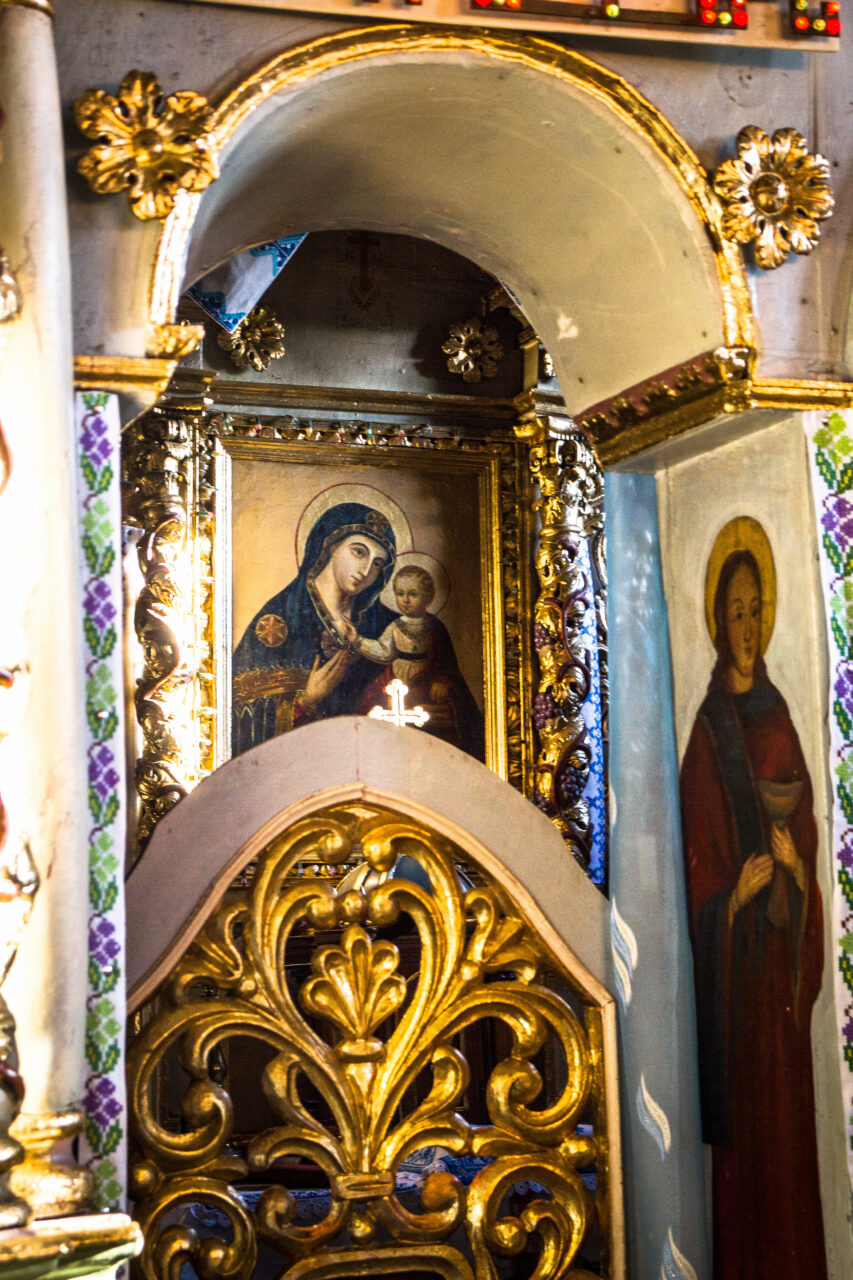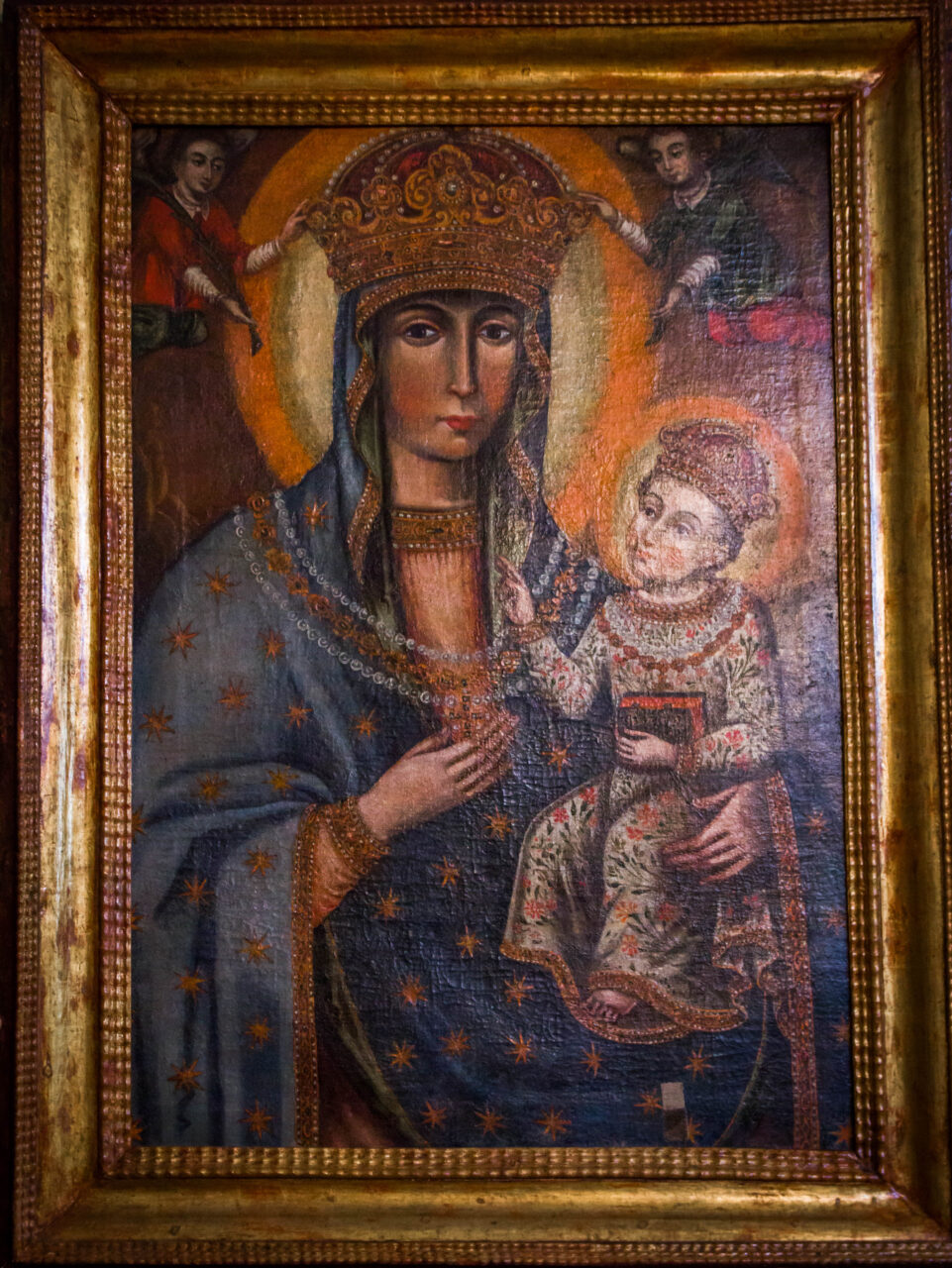Around Lviv there are a lot of villages that hide a lot of interesting things on their territory. Only 20 km from Lviv there is a village Vovkiv. It is a small Opillia village with a great history and interesting architectural, and not only, monuments.
This is one of the oldest settlements in Pustomyty region; it was first mentioned in documents from 1389. At first glance, the name of the village is associated with animals, wolves (Vovk – a wolf in Ukrainian), so called village of wolves. But in fact, this toponym comes from the word ‘volochyty’( to drag). A long time ago, when the Dniester was a river, on which ships used to sail in the Lviv region, a trade route passed through Volokov. Boats with goods were often towed (dragged) across the shallow area on the quiet Zubra River. Hence the name appeared. There was a time when Volokiv was a city. More precisely, it was divided into the town of Volkov and the village of Volkov. Urban and rural planning structures are still visible today in the settlement topography. In the town of Volkiv there was an interesting triangular market square. The inhabitants division into ‘peasants’ and ‘marketmen’ exists till today. The city began to decline after the Austrian authorities built a new Stryi inn a couple kilometers away and Vovkiv was left out of the ‘progress the civilization’.
The oldest architectural monument of Vovkiv village is the wooden church of the Assumption of the Virgin Mary. It is situated on the slope of a small hill. The temple yard is surrounded by a fence of horizontal planks, which creates a perfect look of the whole complex. The temple construction date is considered to be 1702. There is an inscription carved on the wooden portal at the entrance. The church is considered to be built on the site of its predecessor, which had burnt down. The building has survived to tour time and has gone through difficult times. Until 1939 in Polish times, the church was cared for by the sisters of the Benedictine servant from Lviv. After the war it was closed until the 90s. During this time it underwent significant changes, in particular it was covered with tin. It was planned to create an archive here in the 80s, but the locals did not allow it. Thanks to the conscious community of Vovkiv, in 2019 it was managed to regain church authentic appearance. The church roof was replaced with shingles. This is a good example of how people know how and can preserve the heritage of their ancestors. After restoration and renovation, the church got an elegant look.
The temple itself is small, three-logged and one-story. The low dome is located in the centre of the building, above the central nave. Traditionally, the altar and the narthex adjoin it from the east and west. The main nave has the form of a square with triangular protrusions-supports, which form an octagonal shelter in the second tier. There is a wide gallery above the lower tier, along the perimeter. During the restoration, the walls of the building were covered with shingles as well; only the lower tier is formed of horizontal beams and stands on the foundations. In the temple floor there are so-called logs, which are up to 400 years old.
If you look in the middle of the church, it is ‘alive’, liturgies take place there. Icons of saints and a small authentic iconostasis can be seen from the walls. Fedir Senkovych’s paintings are preserved in the interior. There is also a wooden crucifix and the image of the Mother of God of Belz-Czestochowa of the 17th century, saved from the church.
If the condition of the wooden church in Vovkiv today is only admirable and positive, then unfortunately the condition of the Church of Mary Magdalene would be much better. This building is located on the site of ancient Volokiv, in an abandoned, emergency condition. It was built in 1920s by the outstanding architect Bronislav Viktor in a refined Art Deco style.
Vovkiv is interesting not only for its buildings, but also for famous people, who lived, worked and created here. The Church of the
Assumption is closely connected with the fate of the priest Mykola Ustyianovych, who served in it in the first half of the 19th century. He was an outstanding writer, public figure, Markiian Shashkevych’s associate. As I. Franko wrote, father Mykola was ‘the awakener of the people’s spirit’. I. Franko himself also visited Vovkiv a lot of times. Here Mykola Ustyianovych’s son, Kornylo, was born here. He was a prominent Ukrainian writer and artist. Today there is a museum in the old parish, and a monument to Kornylo Ustyianovych stands under old larch trees

